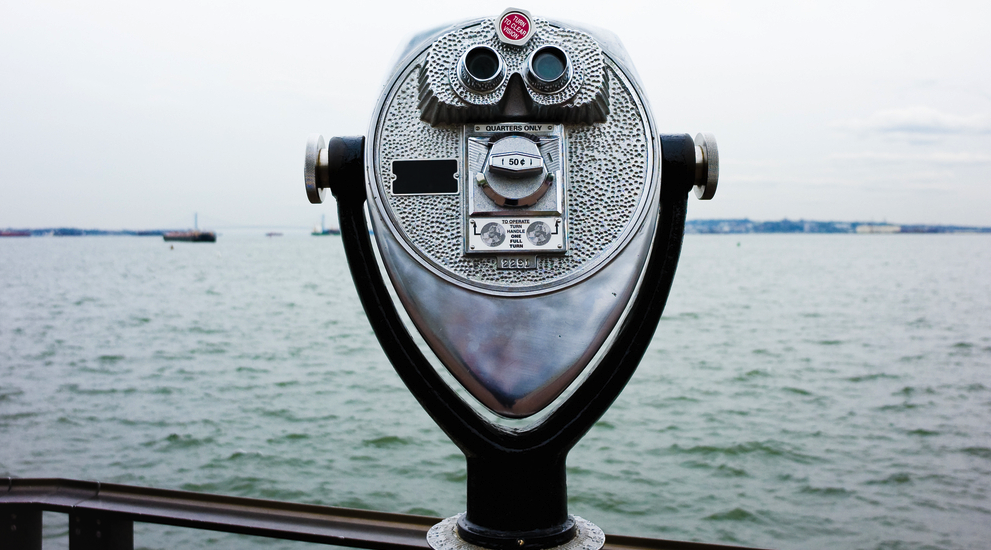
In theory, viewability is good for publishers and advertisers. The digital ecosystem has been held up by a shaky formula of ad impressions, a significant portion of which are never seen by a human being, being sold at laughably low rates.
So in April, when the Media Ratings Council declared that at least half the ad should be in view for at least one second, publishers welcomed it as a step toward restoring value to their inventory. In theory, publishers with high viewability scores could leverage those to get higher CPMs. Publishers including USA Today parent Gannett and Time rolled out digital ad units especially designed for maximum viewability in anticipation of advertisers buying on that basis.
It took the ad industry years to get to that day in April, but since then, things have gotten very messy. In October, the MRC reported that even among accredited vendors, the difference in what they said were viewable impressions varied as much as 50 percent. In November, Unilever and its agency GroupM raised the stakes and said they would only buy ads that were 100 percent viewable. Once that happened, other agencies could hardly be expected to not follow suit.
“No client wants to wake up and see an industry study showed that 50 percent of ads were viewed,” said Joe Marchese, CEO of true[X], an engagement ad platform.
Publishers have heard from agencies that come January 2015, they would be demanding that ads be fully 100 percent viewable. With that deadline right around the corner, the IAB fired off a statement on Dec. 16 saying that expecting 100 percent viewability is unreasonable today. The evidence of this has been piling up:
There are wide variations in testing data.
With discrepancies among vendors, publishers have to optimize to one of them, but an agency might demand that the publisher use a different vendor (and pay for the measurement, no less). To get to 100 percent, publishers have to over-deliver without being compensated, which could result in never-ending make-good.
Video ads present their own viewability challenges. Videos are served through embedded video players, which complicate measurement because of their different placement and size. And there’s an associated cost of the third-party vendor that serves the ad.
“It was clear that no matter how they test the data and work on site redesign, the burden was on the publisher,” said Sherrill Mane, svp of research for the IAB. “That was to be expected. But we heard over and over again, there are inconsistencies in the measurements that exist today because of different processing methods. The agencies were asking for completely different standards. You have to buy all these data sources, and you have all these agencies asking for different requirements.”
Higher CPMs haven’t necessarily followed.
In theory, a shift to viewable impressions should result in less ad inventory and higher ad rates. But a common complaint is that the demand for viewability hasn’t led to a big enough increase in ad rates, considering the long-time erosion of those rates.
“Publishers are taking a haircut,” said Brian Fitzgerald, president and co-founder of Evolve Media, a vocal critic of viewability in its current form. “There’s still a discount — despite some CPM increase — which makes it harder for independent publishers already struggling.”
There’s confusion about what viewability means.
Meantime, there’s no agreement on the definition itself, which adds to the confusion, said Jonah Goodhart, CEO of Moat, an MRC-accredited viewability vendor.
“Every advertiser pays differently,” he said. “It’s become a very confusing thing.”
The IAB is calling 2015 a “year of transition” and recommending seven steps, including that impressions be held to a standard of no more than 70 percent viewable.
Some agencies are sympathetic to the IAB view.
Jared Belsky, president of 360i, said 100 percent viewability is impractical at this stage. “Digital presents a whole new set of challenges compared to broadcast – namely almost infinite supply and lack of standardized controls.”
Adam Shlachter, chief investment officer at Digitas, agreed that 100 percent viewability “is not feasible today due a variety of the factors outlined by the IAB. Enforcing the current guidelines, improving them in a timely manner, and going beyond by focusing on impact, time and attention to drive results is our focus.”
It remains to be seen if the IAB’s position will soften agencies’ stances generally, but it’s safe to say it hasn’t been great for relations. Mane said that before yesterday, some agencies sought guidance on shifting to buying on viewability. The day of the announcement, she said, “None of my friends on the agency side has gotten in touch.”
More in Media

WTF is behind the explosion of faceless creators?
Brands are rapidly increasing their spending on faceless creators, showing the unique benefits of working with this type of influencer.

In Graphic Detail: As ‘Grow a Garden’ booms, a new report shows the marketing power of Roblox
The explosive growth of “Grow a Garden” has brought new attention to Roblox — and rejuvenated marketers’ interest in its advertising power.

Brand deals surge for golf creators as the sport’s popularity spikes
Golf is booming, and so is influencer marketing. As a result, golf creators are signing an unprecedented number of brand deals in 2025.





